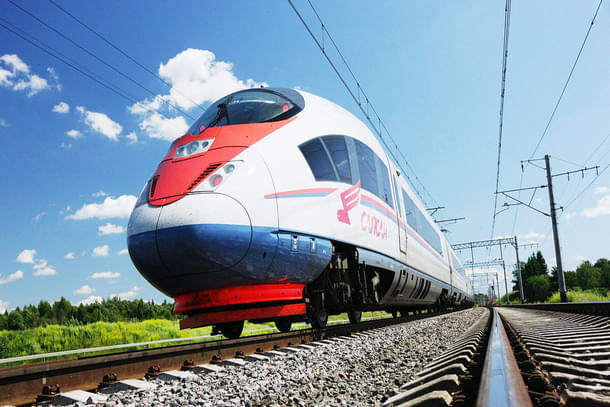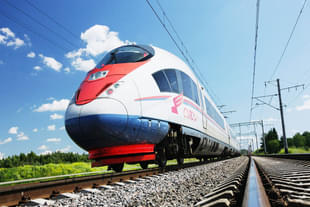News Brief
India To Roll Out High-Speed Trains With Speeds Up To 280 Kmph, To Feature Kavach 5.0
V Bhagya Subhashini
Dec 02, 2024, 11:47 AM | Updated 11:47 AM IST
Save & read from anywhere!
Bookmark stories for easy access on any device or the Swarajya app.


India is taking a major leap toward domestic manufacturing of bullet trains and advanced signaling systems, paving the way for future high-speed rail corridors, senior government officials revealed.
The planned indigenous high-speed trains will feature cutting-edge technology like Kavach 5.0, the country's most sophisticated automatic train protection system.
The Mumbai-Ahmedabad High-Speed Rail (MAHSR) project has achieved significant milestones, with land acquisition fully complete and over 320 kilometers of physical infrastructure ready.
Following the National Democratic Alliance (NDA) government's election victory in Maharashtra, the project has gained momentum, officials said.
"Insights from the MAHSR project will be invaluable as India expands its high-speed rail network. The country is now equipped to independently take on more bullet train corridors," an official said.
India is preparing to manufacture bullet trains capable of speeds up to 280 kmph, with an operational average of 250 kmph. The initiative will involve improvements to suspension systems (bogies) and significant development of the powertrain and train body, which are expected to take three years to complete.
The Integral Coach Factory (ICF) and Bharat Earth Movers Limited (BEML) have been commissioned to produce these high-speed trains. BEML will manufacture the coaches at Rs 27.86 crore per unit, with the contract valued at Rs 866.87 crore, including design, development, tooling, and testing facilities.
Despite the push for indigenous manufacturing, India remains committed to its collaboration with Japanese suppliers. Negotiations are ongoing for a supply deal covering trains for the MAHSR corridor. Officials emphasised that the partnership with Japan’s Shinkansen system remains an integral part of India’s high-speed rail strategy.
The Bharatiya Janata Party (BJP) has included feasibility studies for new bullet train corridors across North, South, and East India in its manifesto.
Civil works for the MAHSR corridor are already 50 per cent complete, signaling strong progress, reports Times Of India.
The high-speed rail operating at 320 kmph cover a 508.17 km distance between Mumbai and Ahmedabad in just about two hours.
This will save time compared to current travel time between the two terminal stations by about nine hours (by bus) or six hours (by conventional railways). It will cover 155.76 km in Maharashtra, 4.3 km in the Union Territory of Dadra and Nagar Haveli and 348.04 km in Gujarat, with 12 stations en route.
Ahmedabad-Mumbai bullet train is scheduled to be launched in 2026.
V Bhagya Subhashini is a staff writer at Swarajya. She tracks infrastructure developments.





